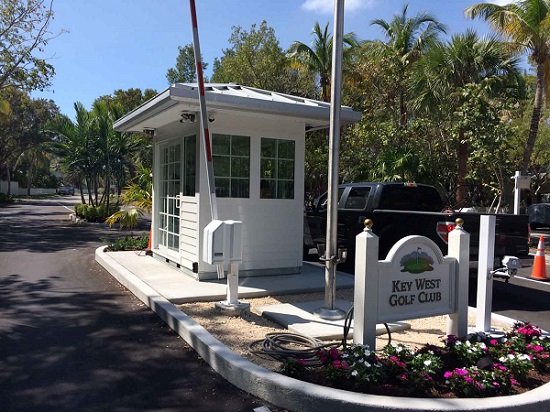The seasons are changing, and that can bring extreme weather. You have heard horror stories of places being plagued by heat waves or storms. These weather changes can sometimes leave you with floods or a broken house, and if you want to be ready, you might want to upgrade your home’s barriers.

Why Is Weatherproofing Important?
Extreme weather can have devastating effects on your house and public buildings. It can even put your life in danger. For powerful storms, people usually evacuate to the nearest school, gymnasium, and even warehouse. That is why weatherproofing these buildings is crucial.
The most important thing to consider is the roof since this is usually the first part of the building that gets affected. A long span roof can protect the interior from heavy rain, and a reinforced top will save you from repair expenses due to weather-related damages.
Weatherproofing these public facilities will keep your community safe. These buildings are usually the evacuation centres during emergencies, so they should have a strong foundation. Weatherproofing will also avoid accidents with passers-by or people who live close to the buildings.
Types of Extreme Weather
The weather is very unpredictable. The predicted forecast could be sunny today, then suddenly it develops into a storm. Light precipitation won’t do you any harm, but you need to be vigilant for some forms of extreme weather.
-
Tornadoes
Tornadoes form when warm, moist air combines with cool and dry air. It can create a wind that spins in a horizontal direction. They can blow up to speeds of 300 mph.
-
Hurricanes
Hurricanes usually form in tropical areas. It gathers heat and energy from warm ocean waters. They rotate in a counter-clockwise direction, and they can bring heavy rain along with strong winds. Hurricanes are also given names so localities can identify if they’re stronger or weaker than the recent ones.
-
Thunderstorms
Thunderstorms are made by cumulonimbus clouds. It is intense rain accompanied by thunder, lightning, and sometimes strong wind.
-
Blizzards
Blizzards are storms that have snow. They usually occur during the winter season in cold countries.
How Do You Weatherproof Public Facilities?
The leaders of a community are responsible for checking that these gymnasiums and auditoriums are in good shape. They can schedule regular maintenance checks to ensure the building is strong.
Once you receive a warning of a possible storm or hurricane, there are essential points you need to look out for in your checklist.
-
Check the Roof
As mentioned before, a long span roof is the best option since they are durable, and they even provide thermal padding. Make sure the top is still in good shape and there aren’t any holes or loose nails.
-
Check Your Gutters
The roof isn’t the only part of the building that should be in top shape. You must ensure your gutters don’t contain any debris like leaves or sticks. Clogged gutters can overflow and cause flooding inside the building.
-
Check the Windows and Doors
The foundation of a building can shift over time. This is why you must be vigilant for gaps and cracks in your windows and doors. During a storm, water can enter through these gaps, or worse, the window or door will fly off.
-
Make Sure the Surroundings Are Safe
The building’s interior is not the only thing you need to consider. You need to observe your surroundings to see if anything could be potentially dangerous to other people. You must cut dead or dying trees to avoid accidents, and you must remove weak branches.
Extreme weather is horrible. It can cause damage to people and properties. That is why everyone in the community must make an effort to ensure public facilities are weatherproof. A simple act of reporting a weak foundation to the proper authorities could save you in the future.




